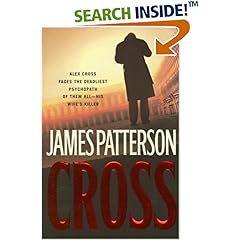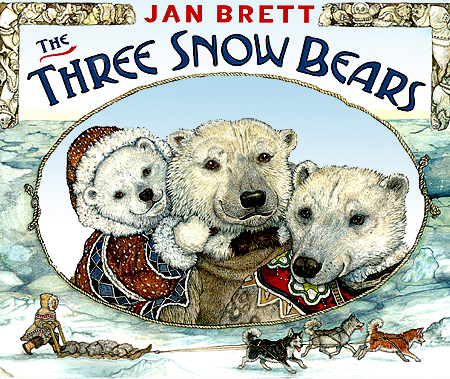
LOVE, as Mickey and Sylvia, in their 1956 hit single, remind us, love is strange. As we grow older it gets stranger, until at some point mortality has come well within the frame of our attention, and there we are, suddenly caught between terminal dates while still talking a game of eternity. It's about then that we may begin to regard love songs, romance novels, soap operas and any live teen-age pronouncements at all on the subject of love with an increasingly impatient, not to mention intolerant, ear.
At the same time, where would any of us be without all that romantic infrastructure, without, in fact, just that degree of adolescent, premortal hope? Pretty far out on life's limb, at least. Suppose, then, it were possible, not only to swear love ''forever,'' but actually to follow through on it - to live a long, full and authentic life based on such a vow, to put one's alloted stake of precious time where one's heart is? This is the extraordinary premise of Gabriel Garcia Marquez's new novel ''Love in the Time of Cholera,'' one on which he delivers, and triumphantly.
In the postromantic ebb of the 70's and 80's, with everybody now so wised up and even growing paranoid about love, once the magical buzzword of a generation, it is a daring step for any writer to decide to work in love's vernacular, to take it, with all its folly, imprecision and lapses in taste, at all seriously -that is, as well worth those higher forms of play that we value in fiction. For Garcia Marquez the step may also be revolutionary. ''I think that a novel about love is as valid as any other,'' he once remarked in a conversation with his friend, the journalist Plinio Apuleyo Mendoza (published as ''El Olor de la Guayaba,'' 1982). ''In reality the duty of a writer - the revolutionary duty, if you like - is that of writing well.''
And - oh boy - does he write well. He writes with impassioned control, out of a maniacal serenity: the Garcimarquesian voice we have come to recognize from the other fiction has matured, found and developed new resources, been brought to a level where it can at once be classical and familiar, opalescent and pure, able to praise and curse, laugh and cry, fabulate and sing and when called upon, take off and soar, as in this description of a turn-of-the-century balloon trip:
''From the sky they could see, just as God saw them, the ruins of the very old and heroic city of Cartagena de Indias, the most beautiful in the world, abandoned by its inhabitants because of the sieges of the English and the atrocities of the buccaneers. They saw the walls, still intact, the brambles in the streets, the fortifications devoured by heartsease, the marble palaces and the golden altars and the viceroys rotting with plague inside their armor.
''They flew over the lake dwellings of the Trojas in Cataca, painted in lunatic colors, with pens holding iguanas raised for food and balsam apples and crepe myrtle hanging in the lacustrian gardens. Excited by everyone's shouting, hundreds of naked children plunged into the water, jumping out of windows, jumping from the roofs of the houses and from the canoes that they handled with astonishing skill, and diving like shad to recover the bundles of clothing, the bottles of cough syrup, the beneficent food that the beautiful lady with the feathered hat threw to them from the basket of the balloon.''
This novel is also revolutionary in daring to suggest that vows of love made under a presumption of immortality - youthful idiocy, to some -may yet be honored, much later in life when we ought to know better, in the face of the undeniable. This is, effectively, to assert the resurrection of the body, today as throughout history an unavoidably revolutionary idea. Through the ever-subversive medium of fiction, Garcia Marquez shows us how it could all plausibly come about, even - wild hope -for somebody out here, outside a book, even as inevitably beaten at, bought and resold as we all must have become if only through years of simple residence in the injuring and corruptive world.





































